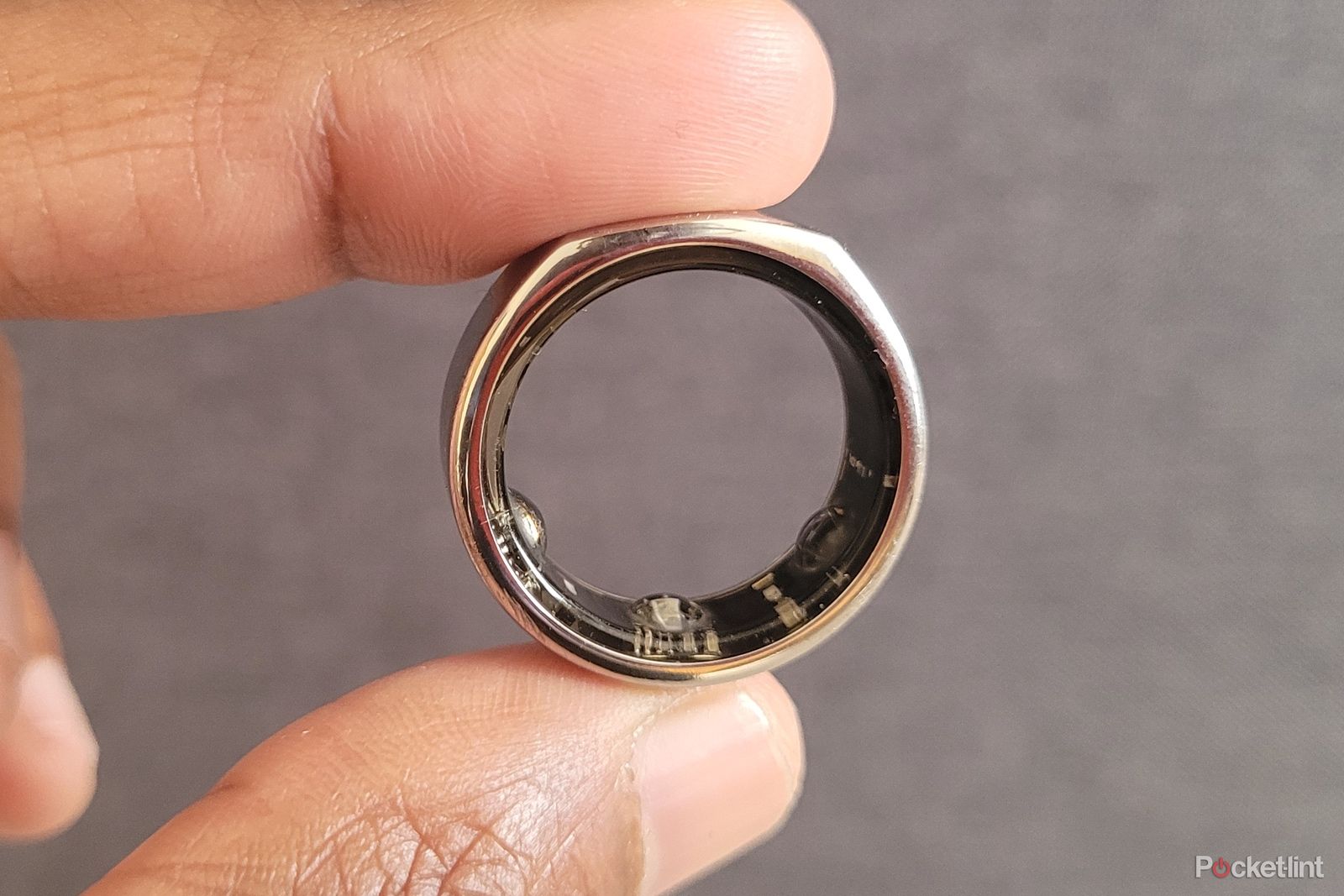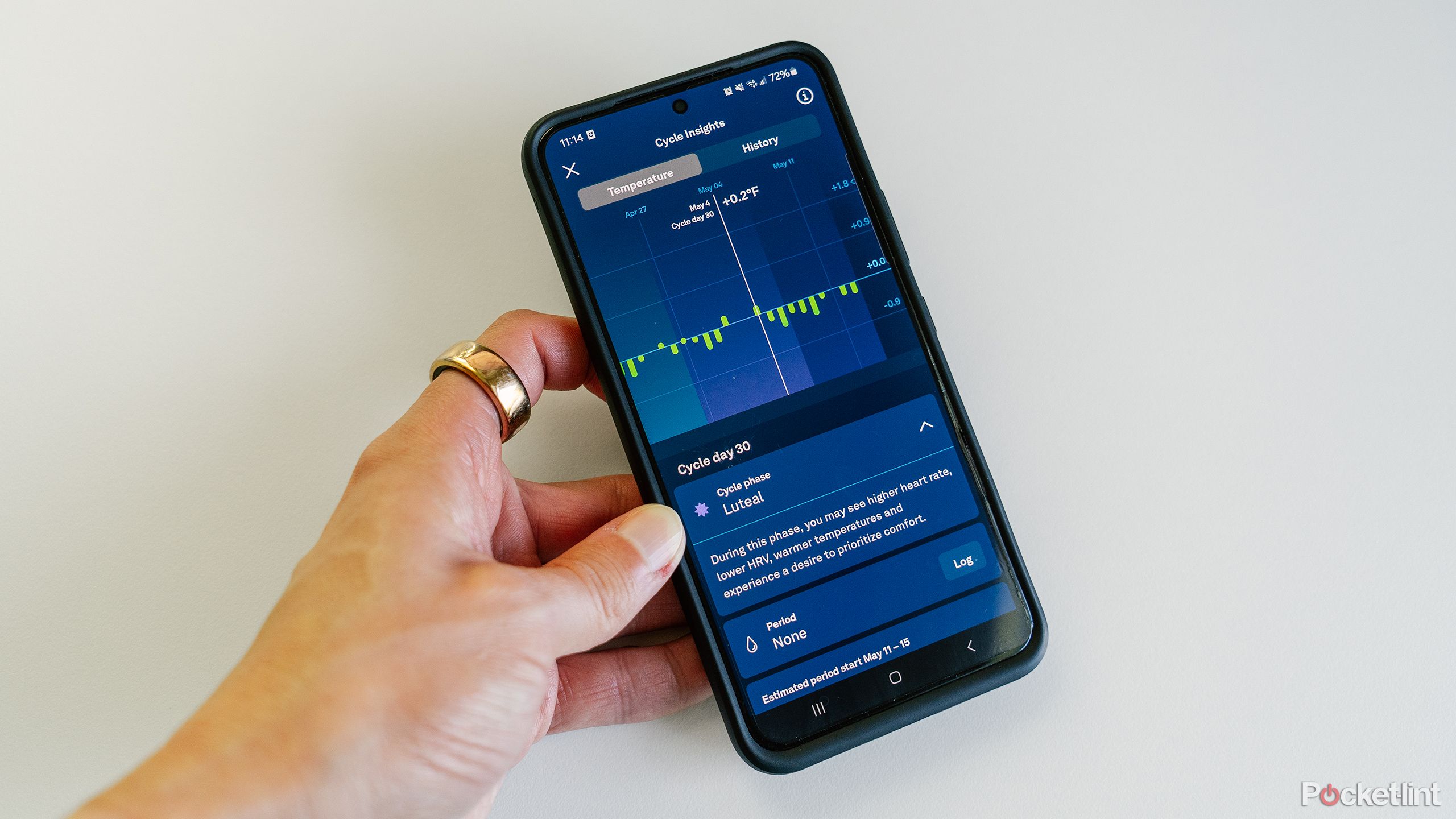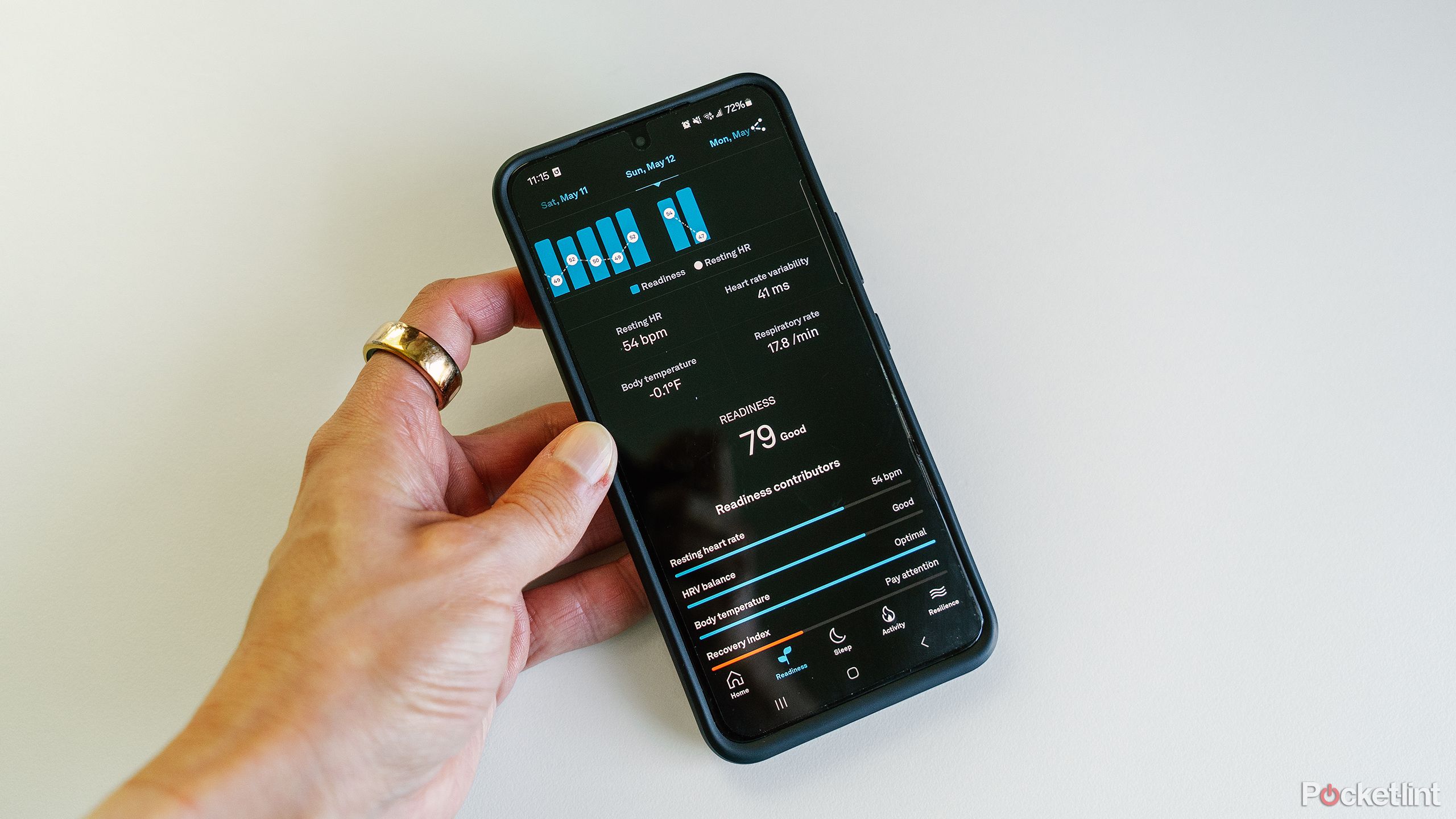Key Takeaways
- Women’s health education is lacking, with only 1% of global healthcare research funding going towards female health conditions.
- Oura Ring offers extensive women’s health features, including Cycle Insights for tracking menstrual cycles and sharing data with healthcare providers.
- Readiness Score now considers menstrual cycle phases, leading to more accurate wellness assessments for female users.
May is Women’s Health Month, and in honor of the occasion, Oura launched a month-long campaign dubbed “Be the Expert in You.” Education for women about their own bodies is seriously lacking, as is research about women’s health. “Female health conditions receive only one percent of global healthcare research funding, which has created a significant knowledge gap that hinders women from fully understanding basic information about their bodies,” said Dr. Neta Gotlieb. Dr. Gotlieb goes on to say that a recent survey found that one in four women don’t understand their menstrual cycle.
Oura already supports an extensive number of women’s health features with its Oura Ring to help women understand their bodies better and to fund research for women’s health issues. In fact, I myself learned a lot about my menstrual cycle after I began using the Oura Ring. Now, as part of its new campaign, Oura is extending that list of features to provide even more resources and education. These new tools will provide its members with valuable information and improved tools for guiding their overall wellbeing.
How a team of women turned the Oura Ring into an essential female health tool
Oura is offering unique insights for women to empower and educate them on making decisions about their bodies.
New updates to Cycle Insights
More resources to learn about your cycle patterns
Cycle Insights is Oura’s period tracking feature. It already provides helpful information about different phases of your cycle, but Oura is expanding on that to make the feature even better. In a few weeks, Oura will provide its members with more data about their cycle, including cycle regularity, typical cycle length, and typical period length. These new resources will help you better understand your body’s patterns so that you can more easily identify if something is off and seek medical care if needed. Understanding cycle patterns is especially helpful for those with irregular cycles and those in perimenopause.

Oura Ring Generation 3 review: The one to rule them all
This smart ring is able to track your activity, sleep and more from your finger. Is it worth replacing your wrist-based tracker for it?
To make care easier, members can share the information with the new Cycle Insights Report, which is “a comprehensive report designed in partnership with members of Oura’s Medical Advisory.” The report includes cycle length, period length, temperature variation charts, cycle variability, and more. All of that information will give your healthcare provider a more complete picture of your health, allowing you to have a more productive conversation as you seek help and advice.
Having data to bring to your doctor is critical, as “fifty-nine percent of women have sought treatment from doctors who did not believe them or ignored their needs,” explained Holly Shelton, chief product officer at Oura. I have experienced this firsthand, having been told by a doctor that I was only in pain because I was emotional about life stuff. Anything that can get a doctor to take concerns seriously is a big step in the right direction, even if it shouldn’t be necessary.
Updated Readiness Score
Readiness Score now accounts for your cycle
The information that Cycle Insights provides is partially useful because the cycle phases can significantly impact daily life, including energy levels, performance, and more. I notice a significant difference in the gym depending on what phase of my cycle I’m on. Unfortunately, no fitness wearable company has taken cycle information into account when providing guidance on rest and activities. Oura is changing that, which is very exciting.
As part of its upcoming release, Oura is also updating the algorithm that powers its Readiness Score to take into account those physiological fluctuations that occur during a person’s menstrual cycle. Those physiological fluctuations include increased temperature and heart rate and decreased heart rate variability (HRV) during the luteal phase. As a result, the Readiness Score will be a much more accurate measurement of overall wellness.
“Female physiology differs dramatically from male physiology, which makes it necessary to create algorithms that address the needs of both,” said Shelton. “We are committed to continuing to improve the Oura experience for our female members by delivering data and insights that accurately and comprehensively explain what’s happening in their bodies every day.”
Trending Products

Cooler Master MasterBox Q300L Micro-ATX Tower with Magnetic Design Dust Filter, Transparent Acrylic Side Panel…

ASUS TUF Gaming GT301 ZAKU II Edition ATX mid-Tower Compact case with Tempered Glass Side Panel, Honeycomb Front Panel…

ASUS TUF Gaming GT501 Mid-Tower Computer Case for up to EATX Motherboards with USB 3.0 Front Panel Cases GT501/GRY/WITH…

be quiet! Pure Base 500DX Black, Mid Tower ATX case, ARGB, 3 pre-installed Pure Wings 2, BGW37, tempered glass window

ASUS ROG Strix Helios GX601 White Edition RGB Mid-Tower Computer Case for ATX/EATX Motherboards with tempered glass…












